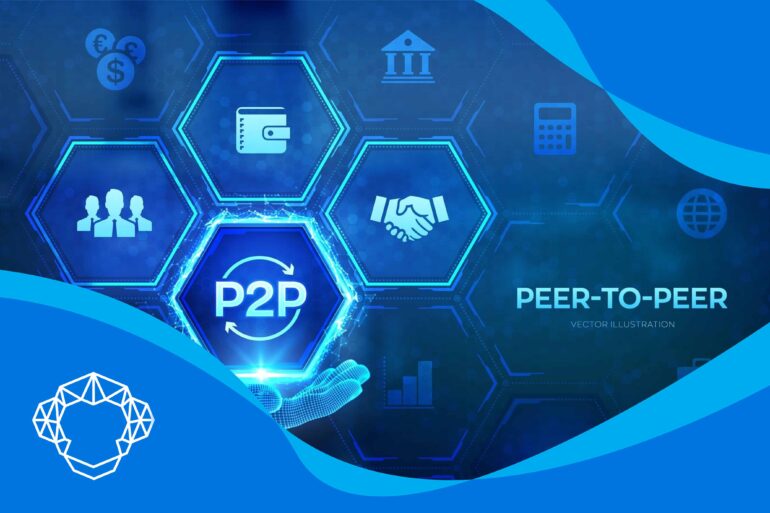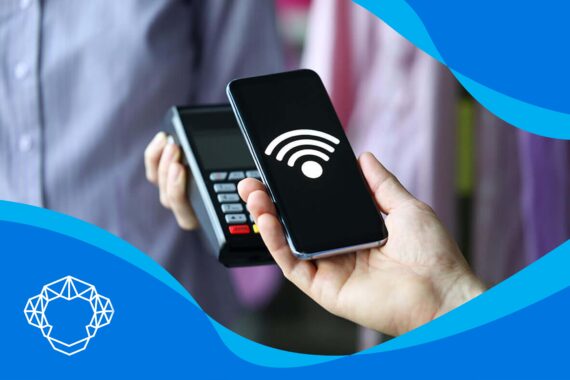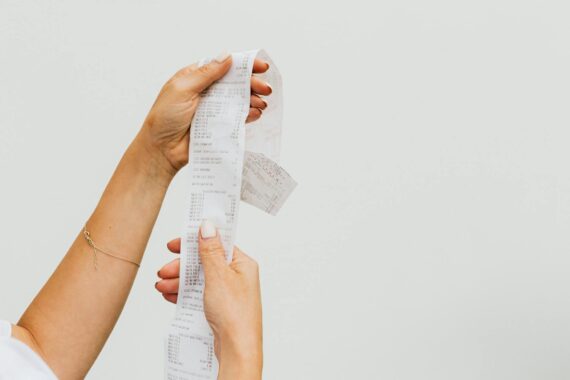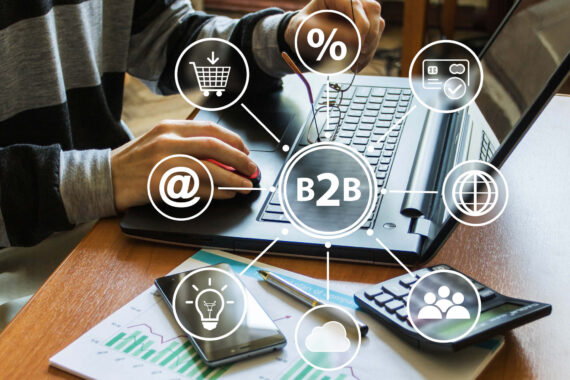Adding another transaction option to the many we already have at our disposal allows us to manage every situation seamlessly. Whether our clients are splitting a bill at a restaurant or sending money to someone, P2P payments make transactions seamless in every way. All in all, most scenarios can be effortlessly handled through different peer-to-peer apps because you can use them for more than just sending money. They are changing the future of banking by making it easier, faster, and more accessible than ever before.
What Are P2P Payments Exactly?
Let’s explain the P2P payments meaning. It’s short for peer-to-peer payment, and in essence, it’s a digital payment option where the funds are directly transferred from one account to another. It’s a type of mobile banking, that offers a more convenient alternative to traditional banking methods, and it uses a payment gateway for transferring funds.
Unlike standard bank transfers that can take up to three business days, P2P payment platforms provide instant transfers from one person’s credit or debit card, checking account, or payment app to another. This immediate transfer capability eliminates the delays associated with traditional banking. Also, P2P payment platforms have features that make them easy to use for daily transactions, like the mentioned ability to split bills in your small business.
The Market Size and Growth of P2P Payment
The worldwide P2P payment market was 2.21 trillion USD in 2022 and is expected to be worth 11.62 trillion USD by 2032, at a strong growth rate of 18.10% per year from 2023 to 2032. This huge increase shows how people are using and relying more on digital platforms to send money to each other quickly and easily. According to Precedence Research, this upward trend shows that more and more people want quick, easy, and safe ways to pay that don’t involve banks.

How Does Peer-To-Peer Transaction Work?
Person-to-person payments work by using a digital website or a mobile app to connect the payer and the payee. The process starts when a payer chooses a P2P payment service, makes an account, and adds a funding source like a bank account, debit card, or credit card. The person making the payment enters the recipient’s information, which is usually a phone number or email address, and the amount they want to send.
When everything is okay, the P2P service takes the money from the payer’s linked account and sends it to the receiver’s linked account. The whole process is usually finished in a few minutes. When the money gets to the recipient’s P2P account, they can either take it out and put it in their bank account or use it right away in the app.
Different platforms use different ways to send money. For example, platforms like PayPal and Venmo use ACH payments, which show up right away in the P2P account but might take a few days to reach the recipient’s bank account. Some platforms, like Square Cash and Zelle, use real-time payment networks to send money more quickly, but they may charge a small fee.
Is It a Safe Option?
P2P payments are seen as safe and secure means of handling transactions, thanks to pretty strict regulatory standards and advanced security measures. The platforms that provide these types of payments use data encryption, fraud detection and prevention systems, and two-factor authentication in order to safeguard the information and funds of users.
When a user signs up, they provide personal information such as their name, email address, phone number, and financial information like bank account or cardholder data. This information is encrypted and stored on secure servers. P2P platforms actively combat different types of fraud, as they monitor any unusual activity and send notifications for specific transactions. If there has been any fraud detection, most platforms have protection policies in place. For example, PayPal provides a refund window spanning 180 days for unauthorized transactions.
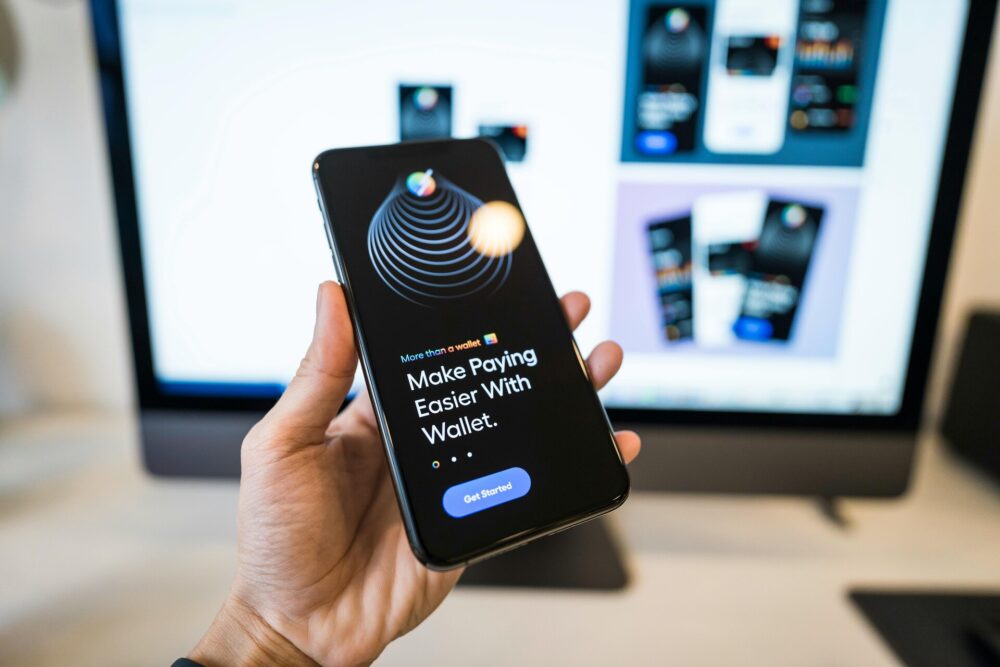
What Are the Pros and Cons?
There are many advantages that this type of transaction handling offers, besides it being simply convenient. However, like with other payment options, it also comes with some drawbacks. The table below highlights the pros and cons of P2P payment methods.
| Pros | Cons |
|---|---|
| Convenience of having funds available immediately | Not suitable for large businesses and the B2B sector |
| Cost-effective compared to traditional banks | Limited functionality and integrations |
| Sending invoices and receiving payments electronically | May not be available in all countries |
| Lower fees compared to traditional banking methods | Fees may apply for certain transactions |
| Quicker and easier invoicing through electronic means | P2P companies are not banks, hence less regulatory protection and not FDIC-insured |
| Users can specify P2P payment details on invoices for easy payment | Cannot fully replace other payment methods like credit cards, ACH, or traditional transfers |
Opportunities for Merchants
P2P payments open up a lot of options for merchants. This type of transaction handling usually has lower transaction fees than regular credit card processing services, which could lower the total cost of the purchase. Integrating it into the small business also lets merchants get their money right away, which improves their cash flow and gets rid of the wait time that comes with standard bank transfers.
Offering P2P payment options can also improve the customer experience by meeting their needs for quick and easy payment options, which will make shopping more enjoyable overall. Also, P2P payments are great for small purchases at places like farmers’ markets, craft shows, or food trucks, where regular point-of-sale (POS) systems might be hard to use.
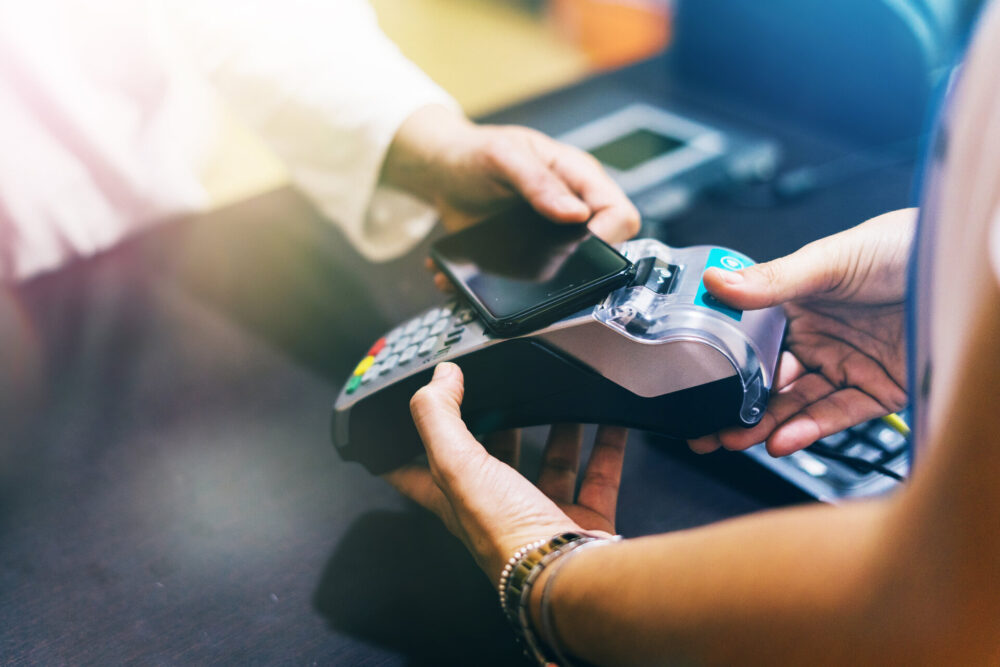
Which Service to Choose?
Several companies and platforms offer this type of transaction handling, and each offers its own set of benefits and features. We’ll mention the most popular ones – PayPal, Zelle, Square Cash, Google Pay, Apple Pay, and Venmo.
PayPal Is Perhaps the Most Well-Known
PayPal is a P2P payment platform available in over 200 countries, with more than 431 million active users. It offers features such as sending, requesting, and receiving money, buying online, and transferring funds to a bank account. The thing that places this platform at the forefront is its availability all over the globe, protection policies for buyers and sellers, and ability to be used for online shopping. However, while it’s completely free to send and receive funds, certain transactions, like transferring money to bank accounts or purchases, come with a fee.
Zelle Is Popular for Speed and Availability
Zelle is a peer-to-peer banking app that was made by a group of US banks, and it’s popular for its speed and wide availability. It is integrated with a number of banks and credit unions in the US. This makes it convenient for users to send and receive money through their bank’s app without needing to download the Zelle app. Zelle transfers are free for both the sender and the recipient, though there may be fees when using the mobile banking app or website.
Cash App Was Created by Square
Simple to use, the Cash App was created by mobile payments company Square and it comes free of fees for sending and receiving money. This app is only available in the US and the UK, it offers its users a credit and a debit card that can be used with the app. Keep in mind that there are certain fees charged (3%) when using a credit card to make a payment, but the Square Cash debit card itself comes without any fees associated.
Google Pay and Apple Pay
For making payments from the user’s mobile device, Apple Pay and Google Pay (both P2P payment platforms) use NFC (near-field communication) technology. Google Pay is available on Android devices, while Apple Pay can be used on iPhones. Although primarily known for in-store mobile payments, they also allow users to send and receive money from friends and family. There are no fees associated with using any of these two options, but there may be fees for certain transactions, such as transferring funds to a bank account or making international peer-to-peer payments.
Venmo Is Popular Among the Young Adults
The peer-to-peer payment app Venmo is owned by PayPal, and its distinct feature makes it stand out to the younger generation. It’s preferred by young people because it lets them connect with their peers. It is a platform based in the US, unavailable elsewhere in the world, and allows users to post messages and emojis about their transactions.
Venmo’s ease of use, instant transactions, and social aspects make it particularly attractive to younger users. It costs nothing to send, request, or receive money through this app, though there are fees for certain transactions. This includes money transfers to a bank account or shopping with a debit card.
The Future of P2P Transactions
The future of peer-to-peer (P2P) transfers is changing quickly because of new technologies and evolving user tastes. As digital payment methods continue to become more popular, a number of important trends are starting to show that they will change the way people deal with money. Both people and businesses can stay ahead of the curve and get the most out of P2P payments by understanding these trends:
- There is a global expansion of these types of payments happening. It’s driven by improved digital connectivity and widespread internet access, which makes them more accessible across regions.
- Social media platforms such as Instagram, Facebook, and WhatsApp are adding payment options, and this enables users to send and receive money directly through these platforms.
- There is also blockchain technology integration happening, and it makes peer-to-peer transactions more secure. It also reduces fees and allows even faster transaction times, where cryptocurrencies like Bitcoin and Ethereum play a key role.
- P2P payments are increasingly being used for business purposes and international transactions, and they allow much smoother cross-border transactions for freelancers, e-commerce, and remittances.
As these trends continue to develop, the future of P2P transactions promises greater convenience, security, and efficiency. Staying informed about these changes can help users and businesses maximize the benefits of these types of digital payments.

Embrace the Future of Payment Processing
The trends that will shape the future of peer-to-peer transactions will change the way we deal with money, making it easier, safer, and more accessible around the world. Businesses and people will both gain from faster and more efficient transactions as peer-to-peer payments become more integrated and spread across borders. Businesses that follow these trends can save a lot of money and make the shopping experience better for their customers.
When it comes to different fees, we at Merchant Chimp know how hard it can be for businesses. Many credit card processing companies are unclear about what you pay them and how often. With us, you will easily get a grip on how merchant services and credit card processing work. Our credit card processing company is always transparent in the way we do business, so contact us and let us enhance your small business with our processing and discount program.

